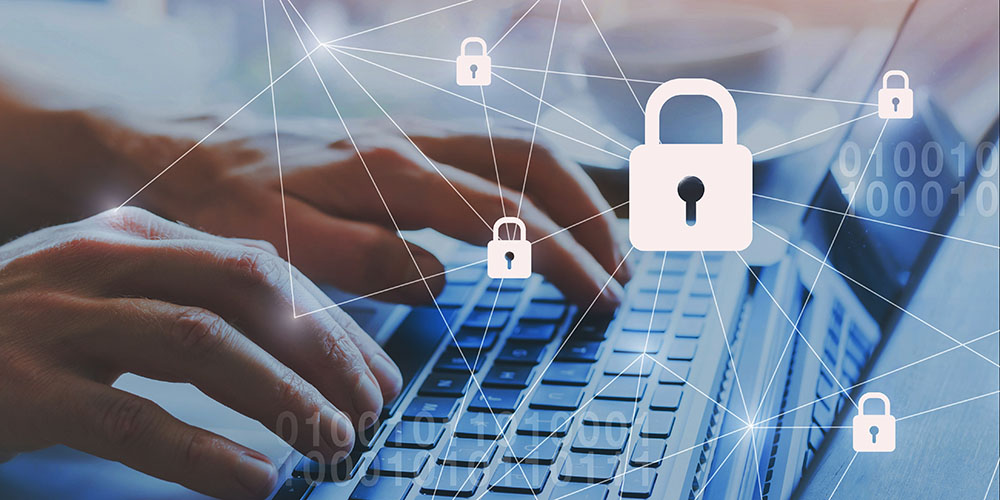
Sep 17, 2019 | SMB Technology, SMB Technology, SMB Technology, SMB Technology, Technology News
October is Cybersecurity Awareness month and knowing this can serve as a wake-up call to protect your company’s data, networks and systems from internal and external hazards. Read on to learn more about protecting your business. Cybersecurity—An Overview The overall goal of cybersecurity is protecting a business’ computer systems from attacks and intrusions, and your data safe from loss or compromise, preserving your business’ revenue and reputation. While natural disasters are always a factor–and preparing for them is a piece of the IT security puzzle—manmade hazards like viruses and malware are just as important to guard against Cyberattack. Not only that, phishing attempts—emails designed to get an unwitting recipient to supply private information—are a common threat. Fortunately, plenty of protections are available to help safeguard your business’ technological assets. Tools Can Help Keep Your Business Secure Many resources are there to help you protect your business and its network. Antivirus and anti-malware definitions, kept up to date, can guard your system against the newest threats. Operating system patches can protect weak spots in your system and should also be as current as possible. Network monitoring helps keep track of possible intrusions as well as bottlenecks that slow down data transmission. Last, but not least, your staff can be a key part of your strategy, if they are trained to recognize potential hazards. Enlist Your Employees in Fighting Cyber Attacks Your human resources have the potential to be a resource in maintaining the information security of your business. If well trained, in what to recognize and how to report it, your employees can protect you from an attack. Impress upon...

Sep 11, 2019 | SMB Technology, SMB Technology, SMB Technology, SMB Technology, Technology News
Hurricane Dorian is just one event that can potentially affect a business’s access to its data and reemphasizes the importance of having a data protection plan in place. Other events can have the same effect—cyclones, earthquakes, and hurricanes–suspending business operations for days or weeks. Even a brief power outage can put your company at risk, not to mention the threat of cyberattacks. Read on to learn more about keeping your business’ data safe and accessible. Reasons to Safeguard Your Data Data can be considered the lifeblood of your business, enabling transactions as well as access to customer or patient records, and containing a company’s intellectual property. Loss or compromise due to corruption by malware and viruses, or even a brief outage, can result in costly downtime. Not only that, a company can suffer a loss of revenue and even reputation. If subject to industry regulations, a business can incur fines for revealing personal information. These consequences can be prevented with a solid data protection strategy. Assess Data Protection Needs to Develop Your Plan A data protection strategy starts with assessing your business’ needs. Consider first which data and applications are mission-critical for keeping the business running—for example, phone communications, Internet, and email. Depending on your business type you may need to comply with certain regulations—HIPAA, for example. Consider natural hazards common to your area, and whether you want your data to reside on-premises, or in a cloud data center. With your data in the cloud, it can be accessed remotely and without interruption. If using the cloud, decide which environment is best, whether public or private. Test Your Plan...




